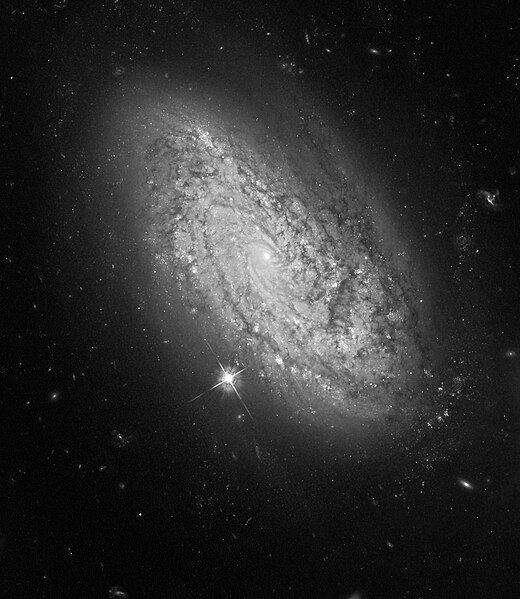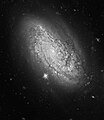Сурет:NGC 3021 Hubble.jpg

Бұл алдын ала көрудің өлшемі: 520 × 599 пиксел. Басқа ажыратылымдықтар: 208 × 240 пиксел | 416 × 480 пиксел | 666 × 768 пиксел | 888 × 1024 пиксел | 1838 × 2119 пиксел.
Түпнұсқа файл (1838 × 2119 пиксел, файл өлшемі: 1,75 MB, MIME түрі: image/jpeg)
Файл тарихы
Файл сол кезде қалай көрінгенін көру үшін күн/уақыт дегенге басыңыз.
| Күн/Уақыт | Нобай | Өлшемдер | Қатысушы | Пікір | |
|---|---|---|---|---|---|
| қазіргі | 04:42, 2009 ж. маусымның 1 |  | 1838 × 2119 (1,75 MB) | Friendlystar | {{Information |Description={{en|1=Less than 100 years ago scientists didn't know if the universe was coming or going, literally. It even fooled the great mind of Albert Einstein. He assumed the universe must be static. But to keep the universe from collap |
Файл қолданылуы
Бұл файлды мына бет қолданады:
Глобалды файл қолданылуы
Бұл файл келесі басқа уикилерде қолданылады:
- ar.wikipedia.org жобасында қолданылуы
- arz.wikipedia.org жобасында қолданылуы
- az.wikipedia.org жобасында қолданылуы
- be.wikipedia.org жобасында қолданылуы
- ce.wikipedia.org жобасында қолданылуы
- diq.wikipedia.org жобасында қолданылуы
- eo.wikipedia.org жобасында қолданылуы
- eu.wikipedia.org жобасында қолданылуы
- fa.wikipedia.org жобасында қолданылуы
- hr.wikipedia.org жобасында қолданылуы
- lb.wikipedia.org жобасында қолданылуы
- mk.wikipedia.org жобасында қолданылуы
- my.wikipedia.org жобасында қолданылуы
- nl.wikipedia.org жобасында қолданылуы
- pt.wikipedia.org жобасында қолданылуы
- ru.wikipedia.org жобасында қолданылуы
- sh.wikipedia.org жобасында қолданылуы
- sk.wikipedia.org жобасында қолданылуы
- sr.wikipedia.org жобасында қолданылуы
- tr.wikipedia.org жобасында қолданылуы
- tt.wikipedia.org жобасында қолданылуы
- uk.wikipedia.org жобасында қолданылуы
- uz.wikipedia.org жобасында қолданылуы
- www.wikidata.org жобасында қолданылуы

